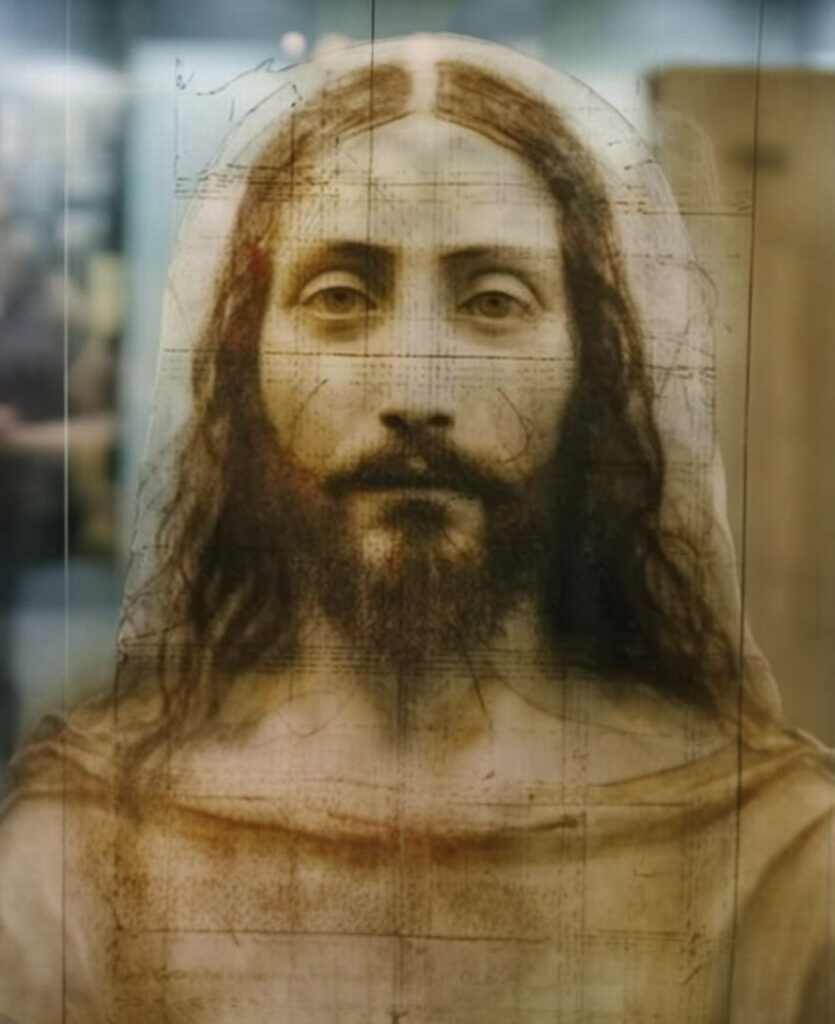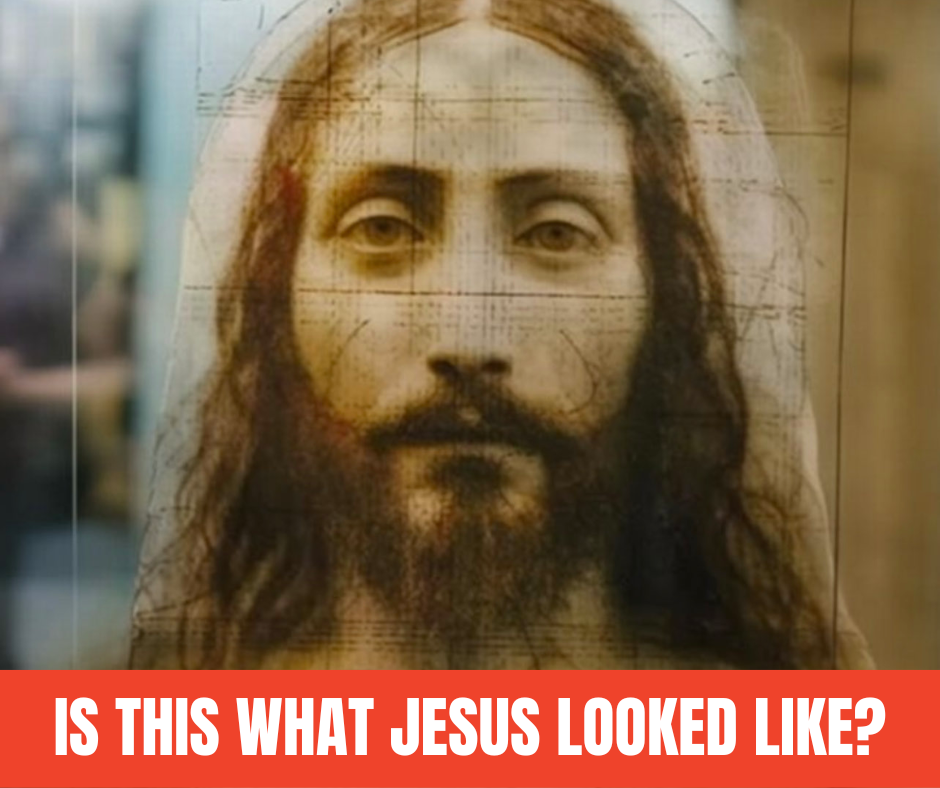An AI company has recently unveiled a life-like image of what Jesus may have looked like, using a computer analysis of the Shroud of Turin. This ancient linen cloth, which is believed by some to be the burial shroud of Jesus, has long been a subject of fascination and debate among Christians around the world.

The AI-generated image, created by Midjourney, depicts a man with long hair, a beard, and a mustache, gazing directly ahead. The image bears a resemblance to modern portrayals of Jesus in popular culture and aligns with the faint image imprinted on the Shroud.
According to reports from the Jerusalem Post, the AI image also reveals the top portion of Jesus’ body, along with what appears to be a simple tunic. However, the history of the Shroud of Turin remains complex, shrouded in mystery and controversy.
The Shroud, measuring 14 feet long, first came to light in historical records in the 1350s when a French knight named Geoffroi de Charny reportedly presented it to the dean of a local church in Lirey, France. De Charny claimed it to be the authentic burial cloth of Jesus. However, the origins of the cloth and how de Charny obtained it remain unknown, leaving a gap of approximately 1,300 years unaccounted for.
The wounds depicted on the Shroud, including those consistent with descriptions in the Bible, such as a wound on the side, align closely with the crucifixion of Christ.
Scientific examinations of the Shroud have produced conflicting results, dating it anywhere from 300 B.C. to A.D. 400, or between A.D. 1260 and 1390. Additionally, a scientific analysis of pollen traces found on the cloth suggested that the pollen originated from Israel.
While there is ongoing debate surrounding the authenticity of the Shroud, Gary R. Habermas of Liberty University, a prominent evangelical figure, believes there are compelling historical arguments supporting its genuineness. In 2022, he stated that there is a good chance the Shroud is the burial garment of Jesus. In a 1981 article, Habermas proposed a theory that the image on the cloth was possibly caused by a burst of radiation emitted from a deceased body.
The release of the AI-generated image offers an intriguing glimpse into what Jesus may have looked like according to the analysis of the Shroud of Turin. However, the debate surrounding the authenticity and significance of the Shroud will undoubtedly continue to captivate scholars, theologians, and believers alike.

